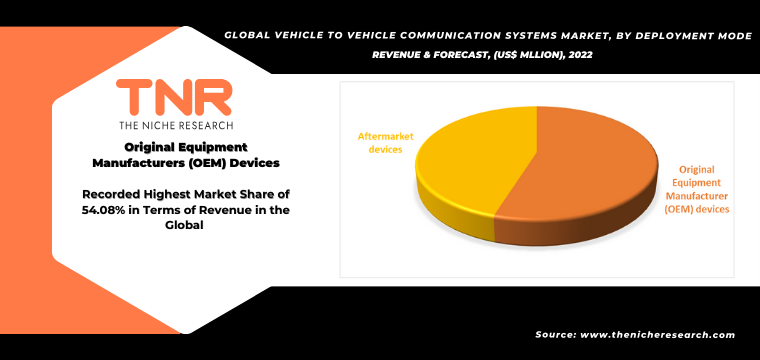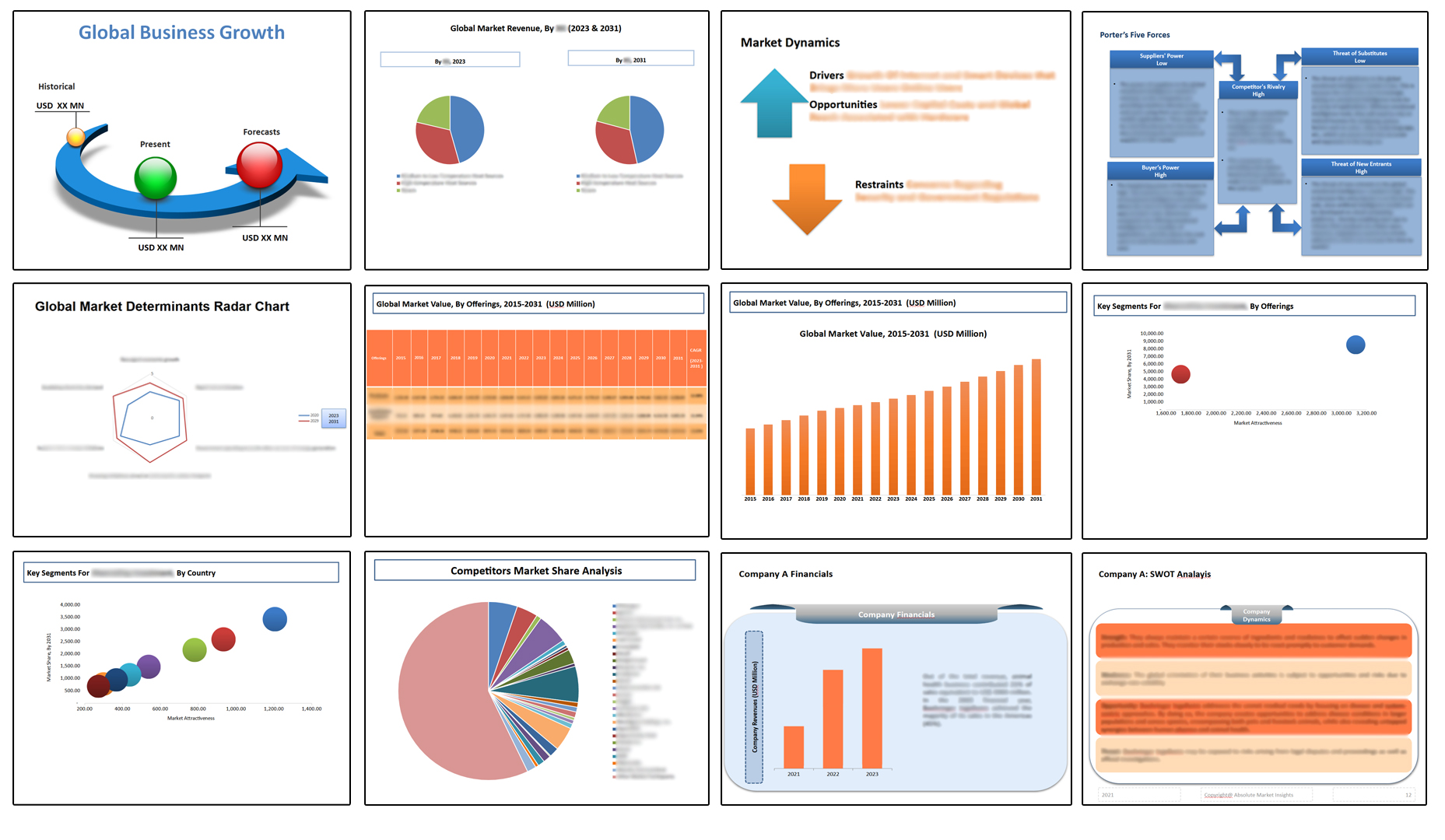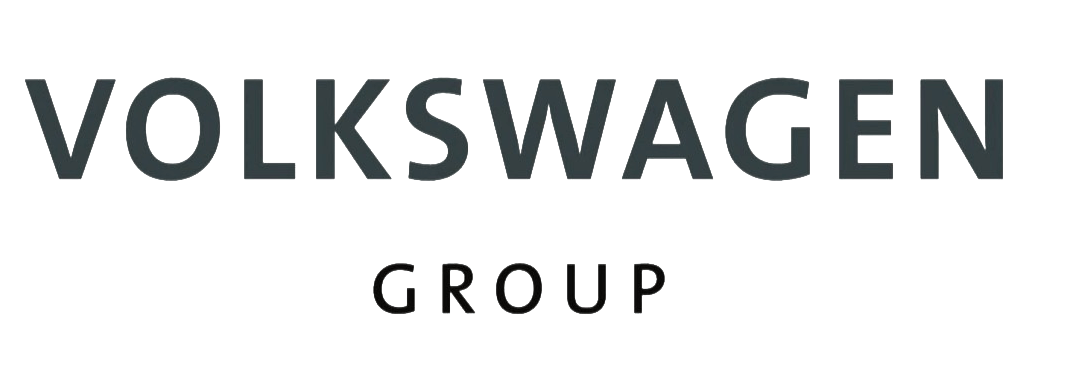Global Vehicle to Vehicle Communication Systems Market By Offerings, By Vehicle Type, By Deployment Type, By Technology & By Region Segmental Trends and Forecasts, 2015 – 2031
- Industry: Automotive & Transportation
- Report ID: TNR-110-986
- Number of Pages: 420
- Table/Charts : Yes
- November, 2023
- Base Year : 2024
- No. of Companies : 10+
- No. of Countries : 29
- Views : 10161
- Covid Impact Covered: Yes
- War Impact Covered: Yes
- Formats : PDF, Excel, PPT
Global Vehicle to Vehicle Communication Systems Market Accounted for US$ 22.99 Bn in 2022, Growing at a CAGR of 16.5% over the Forecast Period (2023 – 2031)
Vehicle-to-Vehicle (V2V) communication systems refer to technology that enables vehicles to communicate with each other, exchanging information about their speed, position, direction, and other relevant data wirelessly. This communication is typically facilitated through dedicated short-range communication (DSRC) or cellular networks, allowing vehicles to share information in real-time to enhance road safety, traffic management, and overall driving experience. The vehicle to vehicle communication systems market has seen steady growth as more automakers incorporate this technology into their vehicles. In addition to passenger cars, commercial vehicles and public transportation systems have also started adopting V2V technology.

The evolution of the vehicle to vehicle communication systems market has been influenced by several factors over the years:
- The advent of connected vehicles, which are equipped with sensors, GPS, and communication modules, has been a significant driver of vehicle to vehicle communication systems market. These vehicles can transmit data to nearby vehicles and infrastructure, enabling more sophisticated V2V applications.
- Governments and regulatory bodies in various countries have played a crucial role in promoting vehicle to vehicle communication systems market. For example, in the United States, the National Highway Traffic Safety Administration (NHTSA) proposed regulations mandating V2V communication in new vehicles to improve road safety.
- The primary motivation behind V2V technology is to enhance road safety. By allowing vehicles to share information about their speed, position, and intentions, V2V systems can help prevent accidents by alerting drivers to potential hazards and enabling autonomous safety systems to react more effectively.
- V2V communication can also be used for traffic management and congestion reduction. By sharing data about traffic conditions, vehicles can receive real-time updates on optimal routes and avoid congestion, leading to reduced travel times and fuel consumption.
Overall, the vehicle to vehicle communication systems market has evolved from a concept to a practical technology with the potential to significantly improve road safety and traffic management. As technology continues to advance and regulatory support grows, it is expected that V2V communication will become increasingly common on the roads in the coming years.

Commercial vehicles, such as trucks and buses, often operate on highways and in urban areas, where safety and efficiency are critical. V2V communication can significantly enhance safety by providing real-time information about nearby vehicles, potential collisions, and traffic conditions.
This can help commercial vehicle drivers make informed decisions, reduce accidents, and optimize routes for efficiency. Many countries and regions are increasingly considering regulations that mandate the use of V2V communication technology, especially for commercial vehicles. Compliance with such regulations will drive the adoption of vehicle to vehicle communication systems market in this sector. Commercial vehicles often contribute significantly to urban traffic congestion. V2V systems can be used to coordinate the movement of these vehicles, reducing congestion and improving overall traffic flow.
As V2V technology continues to advance, becoming more reliable and cost-effective, it becomes more accessible to commercial vehicle manufacturers and fleet operators. The globalization of supply chains has increased the importance of efficient and reliable transportation. V2V communication will contribute for the smooth operation of global supply chains by improving the predictability and reliability of commercial vehicle transportation. Commercial vehicle operators, including logistics companies and public transportation providers, have a vested interest in improving the management of their fleets. V2V communication can be used for vehicle tracking, maintenance alerts, and optimizing fleet operations, which can lead to cost savings and improved service quality.
 North America is one of the leading regions in the adoption of vehicle to vehicle communication systems market. The United States, in particular, has been actively pushing for the adoption of V2V communication technology. The National Highway Traffic Safety Administration (NHTSA) proposed regulations that aimed to mandate V2V communication in new vehicles.
North America is one of the leading regions in the adoption of vehicle to vehicle communication systems market. The United States, in particular, has been actively pushing for the adoption of V2V communication technology. The National Highway Traffic Safety Administration (NHTSA) proposed regulations that aimed to mandate V2V communication in new vehicles.
Such regulatory initiatives is driving the adoption of vehicle to vehicle communication systems market. The region is home to many leading automotive manufacturers, technology companies, and research institutions that have been at the forefront of developing and testing V2V communication systems. Additionally, the development of V2V systems often requires a supportive infrastructure, including communication networks and roadside equipment. North American countries have made investments in such infrastructure to facilitate V2V communication.
Global Vehicle to Vehicle Communication Systems Market: Competitive Insights
Key operating players in the global vehicle to vehicle communication systems market are:
- Axiomtek Co., Ltd.
- Continental AG
- Daimler AG
- Delphi Automotive PLC
- Ford Motor Company
- General Motors
- Harman International Industries, Inc
- Honda
- Hyundai
- Mobileye
- Nissan
- Robert Bosch GmbH
- Volkswagen AB
- Other Market Participants
Global Vehicle to Vehicle Communication Systems Market Scope
| Report Specifications | Details |
| Market Revenue in 2022 | US$ 22.99 Bn |
| Market Size Forecast by 2031 | US$ 102.67 Bn |
| Growth Rate (CAGR) | 16.5% |
| Historic Data | 2015 – 2021 |
| Base Year for Estimation | 2022 |
| Forecast Period | 2023 – 2031 |
| Report Inclusions | Market Size & Estimates, Market Dynamics, Competitive Scenario, Trends, Growth Factors, Market Determinants, Key Investment Segmentation, Product/Service/Solutions Benchmarking |
| Segments Covered | By Offering, By Vehicle Type, By Technology, By Deployment Type |
| Regions Covered | North America, Europe, Asia Pacific, Middle East & Africa, Latin America |
| Countries Covered | U.S., Canada, Mexico, Rest of North America, France, The UK, Spain, Germany, Italy, Nordic Countries (Denmark, Finland, Iceland, Sweden, Norway), Benelux Union (Belgium, The Netherlands, Luxembourg), Rest of Europe, China, Japan, India, New Zealand, Australia, South Korea, Southeast Asia (Indonesia, Thailand, Malaysia, Singapore, Rest of Southeast Asia), Rest of Asia Pacific, Saudi Arabia, UAE, Egypt, Kuwait, South Africa, Rest of Middle East & Africa, Brazil, Argentina, Rest of Latin America |
| Key Players | Axiomtek Co., Ltd., Continental AG, Daimler AG, Delphi Automotive PLC, Ford Motor Company, General Motors, Harman International Industries, Inc, Honda, Hyundai, Mobileye, Nissan, Robert Bosch GmbH, Volkswagen AB, Other Market Participants |
| Customization Scope | Customization allows for the inclusion/modification of content pertaining to geographical regions, countries, and specific market segments. |
| Pricing & Procurement Options | Explore purchase options tailored to your specific research requirements |
| Contact Details | Consult With Our Expert
Japan (Toll-Free): +81 663-386-8111 South Korea (Toll-Free): +82-808-703-126 Saudi Arabia (Toll-Free): +966 800-850-1643 United Kingdom: +44 753-710-5080 United States: +1 302-232-5106 E-mail: askanexpert@thenicheresearch.com
|
Global Vehicle to Vehicle Communication Systems Market
By Offering
- Solutions
- Hardware
By Vehicle Type
- Passenger Vehicle
- Commercial Vehicle
-
- Lorries
- Buses
- Vans
- Trucks
- Others
By Technology
- Satellite-Based Global Positioning System (GPS)
- Inertial Navigation System (INS)
- Laser Illuminated Detection and Ranging (LIDAR)
By Deployment Type
- Original Equipment Manufacturer (OEM) devices
- Aftermarket devices
By Region
- North America (U.S., Canada, Mexico, Rest of North America)
- Europe (France, The UK, Spain, Germany, Italy, Nordic Countries (Denmark, Finland, Iceland, Sweden, Norway), Benelux Union (Belgium, The Netherlands, Luxembourg), Rest of Europe)
- Asia Pacific (China, Japan, India, New Zealand, Australia, South Korea, Southeast Asia (Indonesia, Thailand, Malaysia, Singapore, Rest of Southeast Asia), Rest of Asia Pacific)
- Middle East & Africa (Saudi Arabia, UAE, Egypt, Kuwait, South Africa, Rest of Middle East & Africa)
- Latin America (Brazil, Argentina, Rest of Latin America)
Global Vehicle to Vehicle Communication Systems Market Report Summary

Table of Contents
Note: This ToC is tentative and can be changed according to the research study conducted during the course of report completion.
**Exclusive for Multi-User and Enterprise User.
Global Vehicle to Vehicle Communication Systems Market
By Offering
By Vehicle Type
By Technology
By Deployment Type
By Region
**Note: The report covers cross-segmentation analysis by region further into countries
The Niche Research approach encompasses both primary and secondary research methods to provide comprehensive insights. While primary research is the cornerstone of our studies, we also incorporate secondary research sources such as company annual reports, premium industry databases, press releases, industry journals, and white papers.
Within our primary research, we actively engage with various industry stakeholders, conducting paid interviews and surveys. Our meticulous analysis extends to every market participant in major countries, allowing us to thoroughly examine their portfolios, calculate market shares, and segment revenues.
Our data collection primarily focuses on individual countries within our research scope, enabling us to estimate regional market sizes. Typically, we employ a bottom-up approach, meticulously tracking trends in different countries. We analyze growth drivers, constraints, technological innovations, and opportunities for each country, ultimately arriving at regional figures.Our process begins by examining the growth prospects of each country. Building upon these insights, we project growth and trends for the entire region. Finally, we utilize our proprietary model to refine estimations and forecasts.
Our data validation standards are integral to ensuring the reliability and accuracy of our research findings. Here’s a breakdown of our data validation processes and the stakeholders we engage with during our primary research:
- Supply Side Analysis: We initiate a supply side analysis by directly contacting market participants, through telephonic interviews and questionnaires containing both open-ended and close-ended questions. We gather information on their portfolios, segment revenues, developments, and growth strategies.
- Demand Side Analysis: To gain insights into adoption trends and consumer preferences, we reach out to target customers and users (non-vendors). This information forms a vital part of the qualitative analysis section of our reports, covering market dynamics, adoption trends, consumer behavior, spending patterns, and other related aspects.
- Consultant Insights: We tap into the expertise of our partner consultants from around the world to obtain their unique viewpoints and perspectives. Their insights contribute to a well-rounded understanding of the markets under investigation.
- In-House Validation: To ensure data accuracy and reliability, we conduct cross-validation of data points and information through our in-house team of consultants and utilize advanced data modeling tools for thorough verification.
The forecasts we provide are based on a comprehensive assessment of various factors, including:
- Market Trends and Past Performance (Last Five Years): We accurately analyze market trends and performance data from preceding five years to identify historical patterns and understand the market’s evolution.
- Historical Performance and Growth of Market Participants: We assess the historical performance and growth trajectories of key market participants. This analysis provides insights into the competitive landscape and individual company strategies.
- Market Determinants Impact Analysis (Next Eight Years): We conduct a rigorous analysis of the factors that are projected to influence the market over the next eight years. This includes assessing both internal and external determinants that can shape market dynamics.
- Drivers and Challenges for the Forecast Period:Identify the factors expected to drive market growth during the forecast period, as well as the challenges that the industry may face. This analysis aids in deriving an accurate growth rate projection.
- New Acquisitions, Collaborations, or Partnerships: We keep a close watch on any new acquisitions, collaborations, or partnerships within the industry. These developments can have a significant impact on market dynamics and competitiveness.
- Macro and Micro Factors Analysis:A thorough examination of both macro-level factors (e.g., economic trends, regulatory changes) and micro-level factors (e.g., technological advancements, consumer preferences) that may influence the market during the forecast period.
- End-User Sentiment Analysis: To understand the market from the end-user perspective, we conduct sentiment analysis. This involves assessing the sentiment, preferences, and feedback of the end-users, which can provide valuable insights into market trends.
- Perspective of Primary Participants: Insights gathered directly from primary research participants play a crucial role in shaping our forecasts. Their perspectives and experiences provide valuable qualitative data.
- Year-on-Year Growth Trend: We utilize a year-on-year growth trend based on historical market growth and expected future trends. This helps in formulating our growth projections, aligning them with the market’s historical performance.
Research process adopted by TNR involves multiple stages, including data collection, validation, quality checks, and presentation. It’s crucial that the data and information we provide add value to your existing market understanding and expertise. We have also established partnerships with business consulting, research, and survey organizations across regions and globally to collaborate on regional analysis and data validation, ensuring the highest level of accuracy and reliability in our reports.









